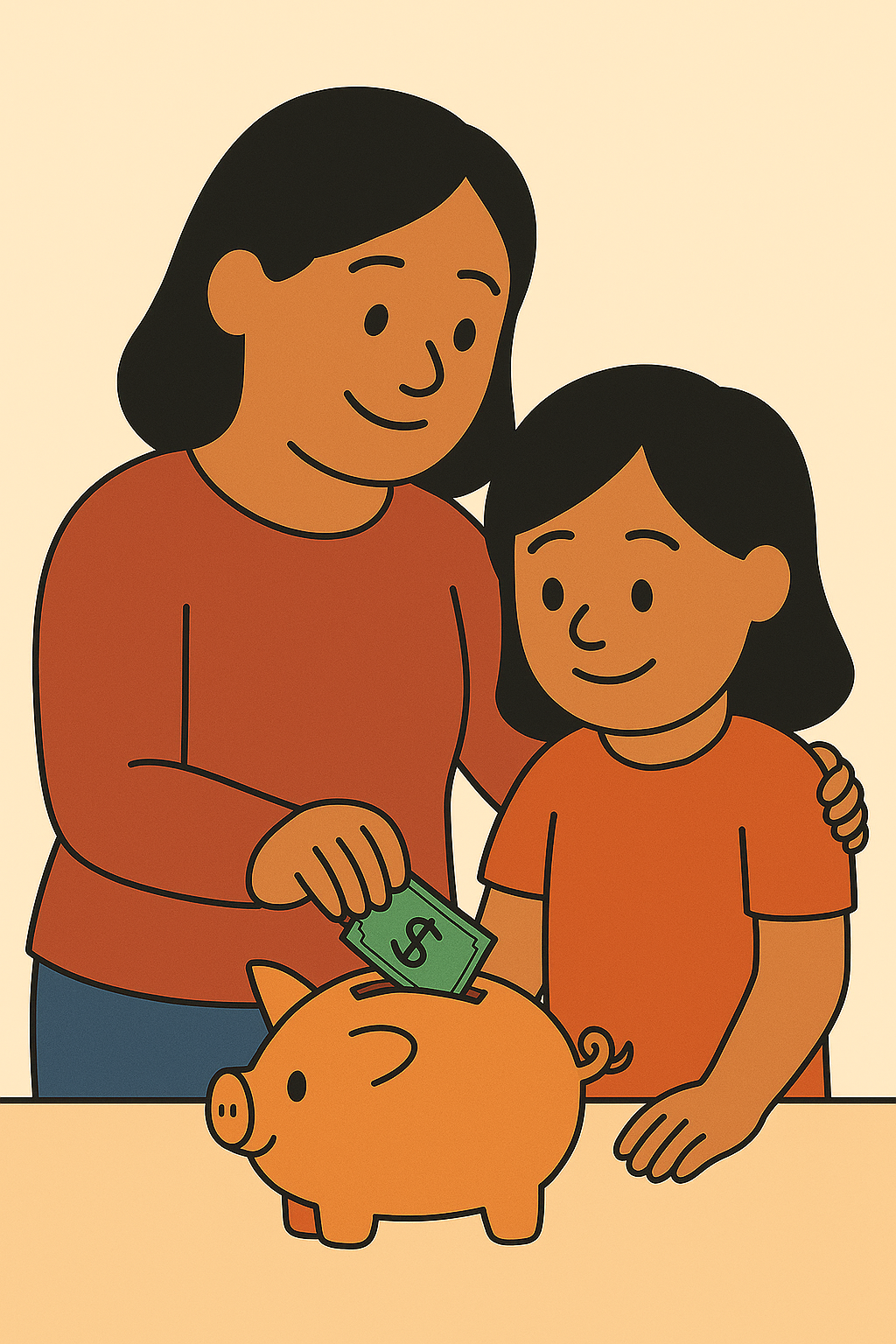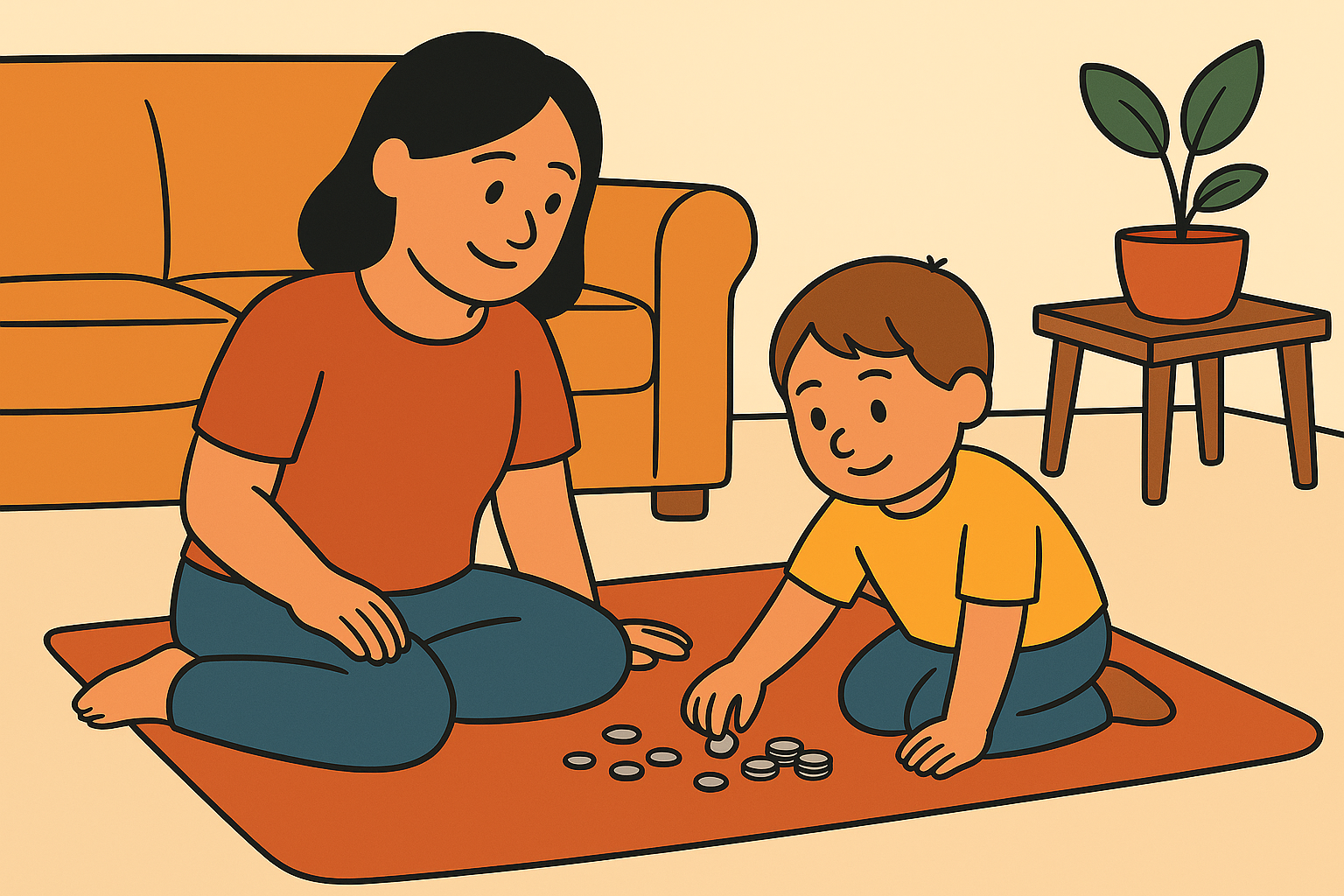Financial Literacy for Children
Teaching children about money is one of the most valuable investments you can make in their future. Research shows that financial habits and attitudes form remarkably early – by age 7, many core money behaviors are already established.
Yet most parents feel unprepared to teach these crucial life skills. Where do you start? What's age-appropriate? How do you have these conversations without creating anxiety or confusion?
This comprehensive guide provides developmentally-appropriate concepts, practical activities, and conversation scripts to help you confidently raise financially literate children from preschool through young adulthood – regardless of your family's income level.

Why Financial Education Matters
Early Habit Formation
Core money behaviors like saving and delayed gratification are established by age 7
Better Adult Outcomes
Early financial education leads to lower debt levels, higher savings, and better credit scores
Parent Influence
Parents play the pivotal role in shaping attitudes and involving kids in money activities
Reduced Financial Stress
Teaching healthy money habits helps prevent financial anxiety and builds confidence
Age-by-Age Financial Guide
Choose your child's age group to discover key concepts, activities, and conversation starters tailored to their developmental stage.
Key Financial Concepts
Learning Through Play
At this age, children learn best through hands-on activities and play. Money concepts should be introduced as fun games that build foundational understanding.
💡 Key Insight: Children this age can understand that money has value and that choices must be made when money is limited.

Interactive Activities
Pretend Store
Set up a home store with play money and price tags. Practice "buying" items to learn basic commerce and decision-making.
Coin Sorting Games
Sort coins by type, count small amounts, and play memory games with different denominations.
Conversation Starters
"We have $5 to spend on fruit – should we get apples or bananas?"
Teaches choice-making because money is limited and helps them understand opportunity cost in simple terms.
"If you found $1, what would you do with it?"
Explores ideas about saving vs. spending and introduces the concept of choices with money.
"Where do you think money comes from?"
Simple explanation: people earn it by working, introducing the connection between work and money.
Additional Resources
An Inclusive Approach
Financial education should be accessible to all families, regardless of income level or background. These concepts focus on building healthy habits and mindsets, not specific dollar amounts.
For Families with Limited Resources
Use pretend money, focus on decision-making skills, and emphasize that every family makes choices. The lessons are about habits, not amounts.
For More Affluent Families
Set artificial constraints to teach value, encourage empathy and giving, and avoid entitlement by involving children in meaningful financial decisions.
Remember: The goal is raising children who understand money as a tool for security, generosity, and achieving their values – regardless of how much they have.
